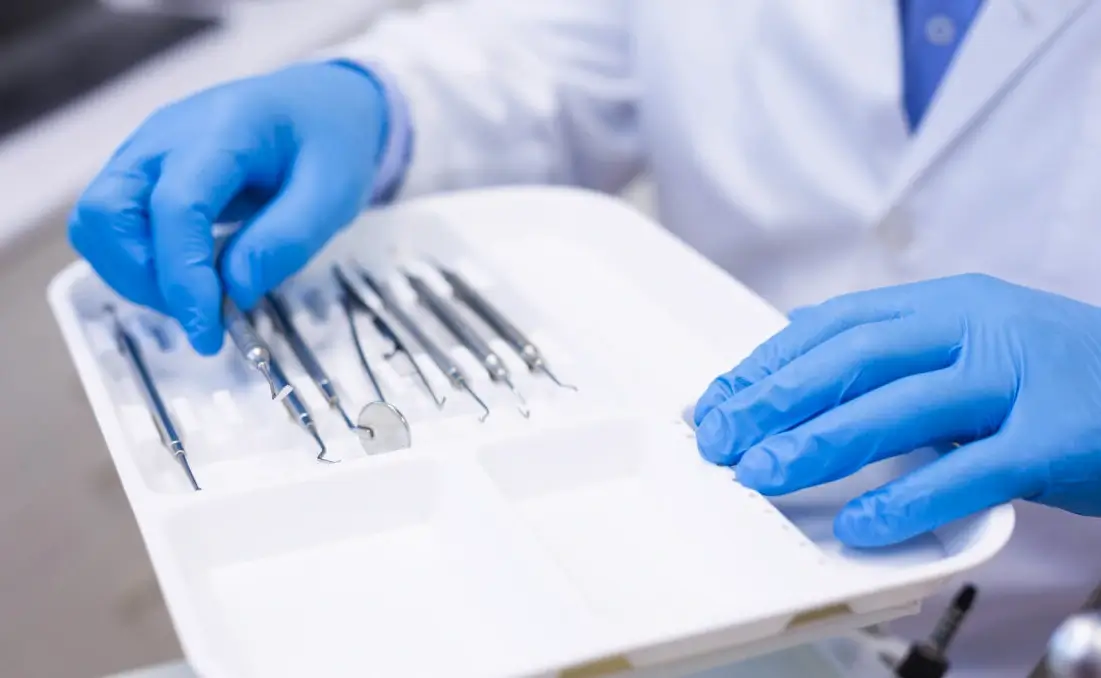A Critical Look at Dental Instrument Integrity
In the world of healthcare, few industries place as much emphasis on infection prevention and control as dentistry. The dental industry stands at the forefront of maintaining a safe environment for patients and practitioners alike. While sterilization procedures are well-established, there is an important yet often overlooked aspect that requires attention – the integrity of dental instruments before and after sterilization.
As a consultant in the dental industry, I have had the privilege of gaining deep insights into various dental practices. Throughout my audit assessments, a concerning trend has come to light – the inconsistencies between the stated procedures for analyzing instruments’ integrity and the actual implementation. This discrepancy can have profound implications for the efficacy of sterilization and, ultimately, patient safety. In theory, every dental practice should have a meticulously designed procedure for assessing the condition of instruments both before and after sterilization. These procedures should encompass visual inspection, functionality tests, and attention to the smallest crevices where contaminants might reside. However, my experiences reveal that this crucial step is often not executed as strictly as it should be.
During my audits, I’ve encountered instances where instruments that had undergone sterilization exhibited signs of damage. Scissors with dents, forceps with corroded tips, and extractors with rust particulates burrowed in tiny crevices were not uncommon findings. These seemingly minor issues can have a major impact on the sterilization process. Damaged instruments provide hiding places for bacteria and contaminants, rendering the sterilization procedure less effective.
Consider the case of rust particulates – these tiny particles can easily dislodge during a procedure and find their way into a patient’s oral cavity. Such oversights compromise patient safety and the practice’s reputation. Moreover, damaged instruments may be more challenging to clean, leading to a cycle of decreased efficacy in both cleaning and sterilization processes.
The integrity of dental instruments is the foundation of infection prevention. To address this issue, dental practices need to revaluate their instrument maintenance protocols. Here are a few steps that can help:
- Education and Training: Ensure that all staff members responsible for handling instruments are well-trained in recognizing signs of damage or corrosion. This includes understanding the critical areas prone to damage and the importance of regular inspection.
- Visual Inspection: Implement a comprehensive visual inspection process before and after sterilization. Magnification tools can help identify imperfections that may not be visible to the naked eye.
- Documentation: Maintain a detailed record of each instrument’s condition before and after sterilization. This not only helps in accountability but also provides insights into trends and patterns of instrument wear.
- Regular Maintenance: Schedule routine maintenance sessions for your instruments. This proactive approach can prevent minor issues from escalating into major problems.
- Quality Assurance: Establish a quality assurance program that includes random checks on instruments post-sterilization. This can help identify potential weaknesses in the instrument maintenance process.
In conclusion, the integrity of dental instruments is an essential aspect of infection prevention and control within the dental industry. Recognizing the inconsistencies between stated protocols and actual practices is the first step towards addressing this issue. By prioritizing rigorous instrument inspection before and after sterilization, dental practices can elevate their infection prevention efforts, enhance patient safety, and ensure a standard of care that reflects the highest quality. As a consultant who has witnessed both the challenges and triumphs in the dental industry’s infection prevention journey, I firmly believe that a renewed focus on instrument integrity will contribute significantly to raising the bar for patient care and safety.

